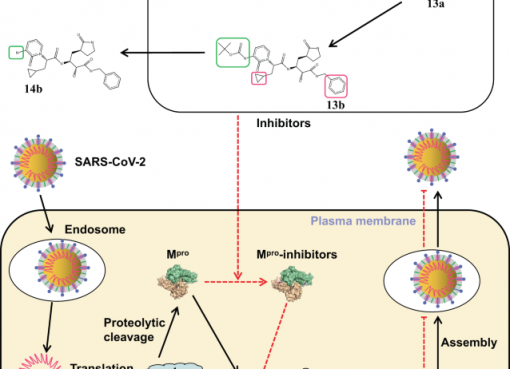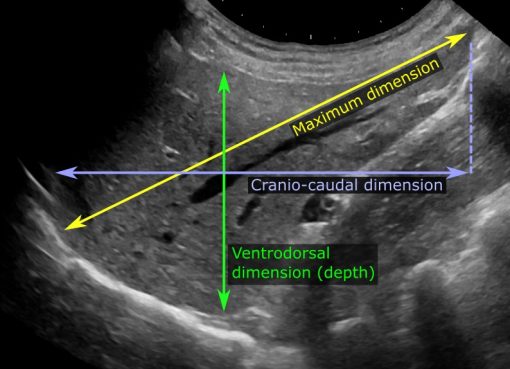Get evolved as per your choice
Directed evolution is not unknown for most of the scientific community of this era but the existing technologies for directed evolution are not suitable for mammalian cells as they are laborious and time-consuming, although some traditional methods are well established for bacterial cells. To address the issue, researchers from University of North Carolina, USA have developed a novel, robust and fast method of directed evolution for mammalian cells. The team has used Alphavirus Sindbis as a vector to carry the gene to be modified and named the whole system as “VEGAS” for Viral Evolution of Genetically Actuating Sequences. In this study, molecules like tetracycline transactivator (tTA), GPCR and nanobodies were successfully evolved within a short period using VEGAS. This method has the future potential to cure genetic diseases, cancer and a tool for gene-editing.
Source:
Justin G. English, Reid H.J. Olsen, Katherine Lansu, Michael Patel, ……… Bryan L. Roth. (2019). VEGAS as a Platform for Facile Directed Evolution in Mammalian Cells. Cell; DOI: 10.1016/j.cell.2019.05.051
New strategy to cure AIDS
Across the globe, there are more than 35 million people suffering from acquired immune deficiency syndrome (AIDS) caused by human immunodeficiency virus (HIV). It is a curse to human as there is no specific treatment to cure it, although various efforts are being continued to find a perfect cure. Among such efforts, one was from a scientific team of USA, who successfully eliminated HIV from mice model for the first time. To achieve this goal, two strategies were combined together so that virus particles are eliminated completely from the body of engineered mice. The protocol includes HIV infection given to engineered mice producing human T cells susceptible to HIV and once the infection was established, mice were treated with long-acting slow-effective release antiretroviral therapy (LASER-ART). The LASER-ART suppresses replication of HIV keeping it at low level for an extended period. Subsequently, CRISPER-Cas9 system was used to excise long terminal repeats and the gag gene making HIV genome non-functional. Thus, it was concluded by combining these two approaches, it may be possible to completely eliminate HIV infection from human in the near future.
Source:
Prasanta K. Dash, Rafal Kaminski, Ramona Bella, Hang Su, Saumi Mathews, Taha M. Ahooyi, Chen Chen, Pietro Mancuso,………. Howard E. Gendelman (2019). Sequential LASER ART and CRISPR Treatments Eliminate HIV-1 in a Subset of Infected Humanized Mice. Nature Communications. DOI: 10.1038/s41467-019-10366-y
Artificial intelligence to understand babies’ cries
Babies generally cry whenever they feel pain, hungry, sleep or when they are sick and it is always difficult to discriminate between normal and abnormal cries of babies, especially for the first-time parents or inexperienced paediatricians. Therefore, researchers from Northern Illinois University, USA have designed an Artificial intelligence (AI) to identify different types of cries and its indication. The AI was based on automatic speech recognition technology that could differentiate normal and abnormal cries of babies. Some of the examples of babies’ sounds identified by this AI are “heh” voice means “I need something”, “owh” represents feeling sleepy, whereas “neh” indicates “I am hungry” and many more. This will not only give a healthier life to babies but also lessen the pressure on parents and caregivers to handle babies in a better way.
Source:
Lichuan Liu, Wei Li, Xianwen Wu and Benjamin X. Zhou (2019). “Infant Cry Language Analysis and Recognition: An Experimental Approach,” IEEE/CAA J. Autom. Sinica, 6(3): 778-788. doi: 10.1109/JAS.2019.1911435
A hope in cancer treatment
In 2018, it was estimated that around 18.1 million new cases and 9.6 million deaths occur due to cancer across the globe. Scientists are working uninterruptedly to find the root cause of cancer and a perfect remedy to eliminate it from the root. Although certain cancer therapies kill cancer cells and cure a patient, there are chances of re-occurrence due to cancer seed cells, which generally escape most treatment. Recently, a magic bullet has been discovered by researchers of United States that selectively kills cancer stem cells. The discovered drug was a small ferroptotic molecule that targets cancer stem cells by harnessing reactive oxygen species to induce ferroptosis. The drug showed promising result against sarcomas and claudin-low breast cancer, and shades a new hope to eliminate cancer from the root.
Source:
William R. Taylor, Sara R. Fedorka, Ibtissam Gad, Ronit Shah, Hanan D. Alqahtani, Radhika Koranne,…………… L. M. Viranga Tillekeratne (2019). Small-Molecule Ferroptotic Agents with Potential to Selectively Target Cancer Stem Cells. Scientific Reports. DOI: 10.1038/s41598-019-42251-5
The Artificial Cells
Scientists from Imperial College, London have recently created a kind of artificial cells that can sense and response to their surrounding environment through activation of an artificial signalling pathway. The created artificial cells can sense calcium ions and respond by fluorescing. These artificial cells contain vesicles inside them and the membrane of the cells possesses small pores; upon activation, the calcium ions enter into the cells through these pores and activate enzymes that cause the vesicles to release fluorescing particles making them glow. Such cells could be refined to detect cancer marker and synthesise a drug within the body or they can also be used to sense poisonous heavy metals and release selective sponges to clean them up.
Source:
- W. Hindley, D.G. Zheleva, Y. Elani, K. Charalambous, L.M.C. Barter, P.J. Booth, C.L. Bevan, R.V. Law and O. Ces. (2019). Building a synthetic mechano-sensitive signalling pathway in compartmentalised artificial cells? Proceedings of the National Academy of Sciences, 2019.




